Dreadlocks are having a moment – and we’re here for it, with their rich history form pagan Europe to African tribes. Let’s have a look at the history. But first, let’s take a closer look at how they’re made.
How dreadlocks are formed
Hairstylists define dreadlocks as rope-like pieces of hair that have been twisted or matted together. They are popular with all genders and can vary from neatly twisted strands, to naturally matted ropes and everything in between.
For some hair types, dreads can form naturally over time with consistent palm-rubbing. For other hair types, a starter-method will be required; essentially braiding, twisting, or ‘crocheting’ each section of hair to create a semi-dreadlock that will turn into a dreadlock over time. Straighter and smoother hair might require some back-combing, or a product to hold the locs in shape.
Once they are established, you’ll need to care for your dreadlocks by keeping them clean and moisturized, but still allowing them to fully dry after washing. A detox every season is recommended to get rid of any unwanted build-up and prevent itching. A hairdresser who specializes in this hairstyle will be able to recommend specific products and methods for your hair. You can also check out some black-owned businesses in your area for some products!
Ancient History of dreadlocks
Historians have not been able to credit first dibs on dreadlocks to any particular race or religion, but they agree dreadlocks have been around for thousands of years. In fact, there are records of people with dreadlocks from roughly 2500 BC. Mummified remains of Egyptian royals have been found with their dreads still intact, the Indian Vedas refer to people sporting “twisted locks of hair”. Even Samson from the Old Testament is described as having locs. That is, until Delilah cut them off, robbing him of his great strength. They are popular in Jamaica and other predominantly black communities, where they cemented themselves as a go-to hairstyle.
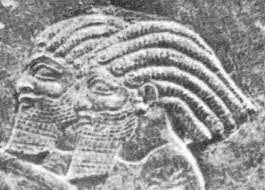
Ancient Israelite 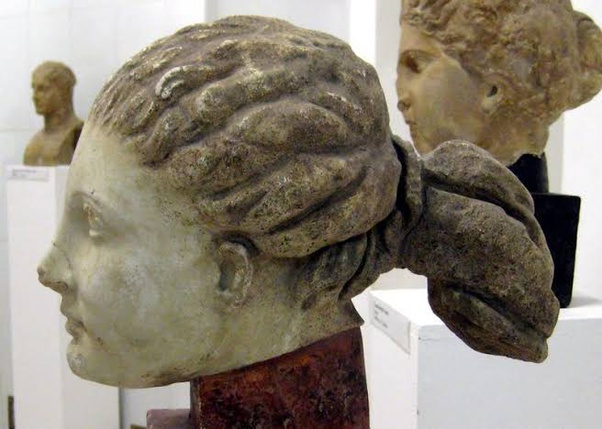
Ancient Greece 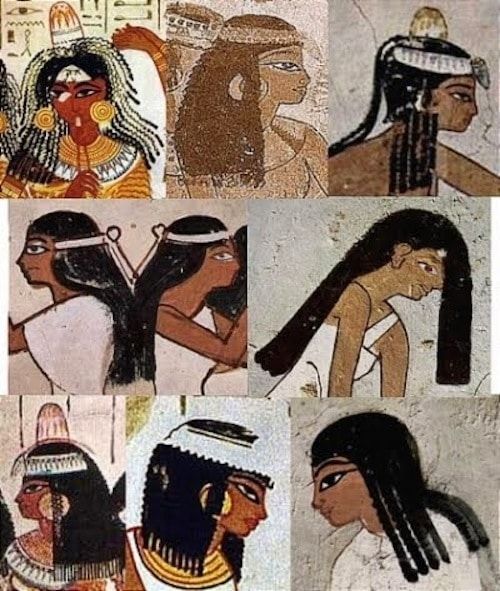
Ancient Egypt 
Ancient Greece 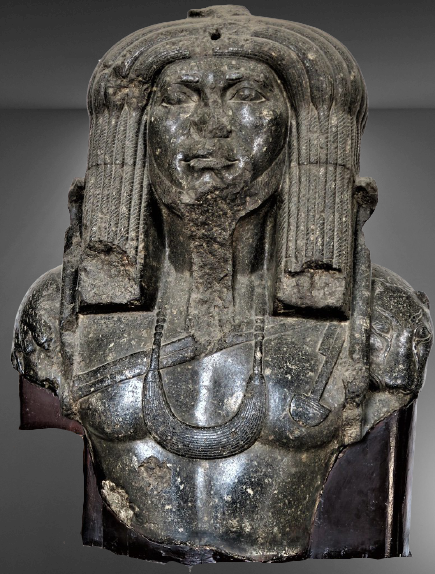
Ancient Egypt 
Ancient Africa 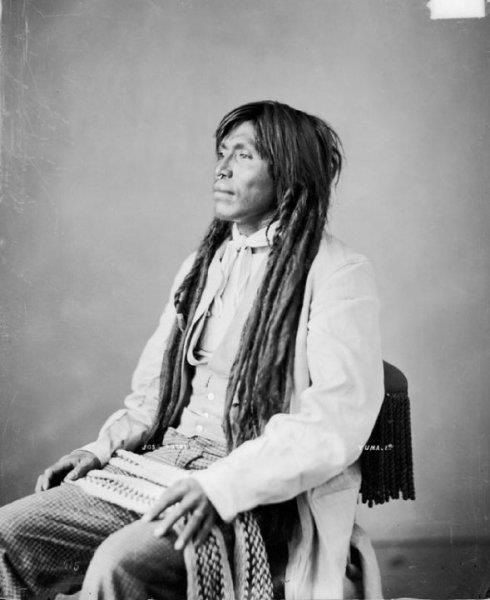
Native American 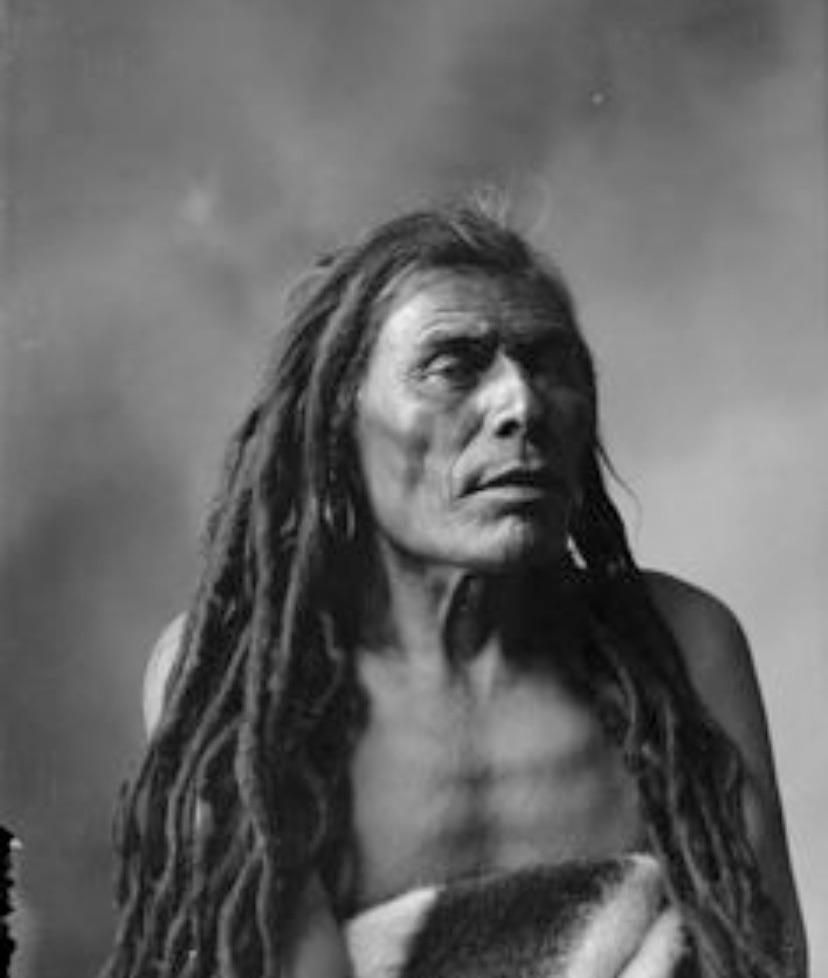
Native American 
Hindu Sadhu
Dreadlocks in the Mainstream
While dreads were always around, particularly in black communities, they didn’t really establish themselves in mainstream pop culture until the 1970s and 80s. Bob Marley famously wore his hair in locs, sparking a range copycats from reggae fans of all races. More than a hairstyle, locs had a deeper association with Rastafarian culture; some followers of the faith believed that knotting their hair prevented energy from escaping through the scalp. Whatever his motivation, Marley brought Rastafarian culture to the masses, spreading peace, love, reggae and dreads to the world.
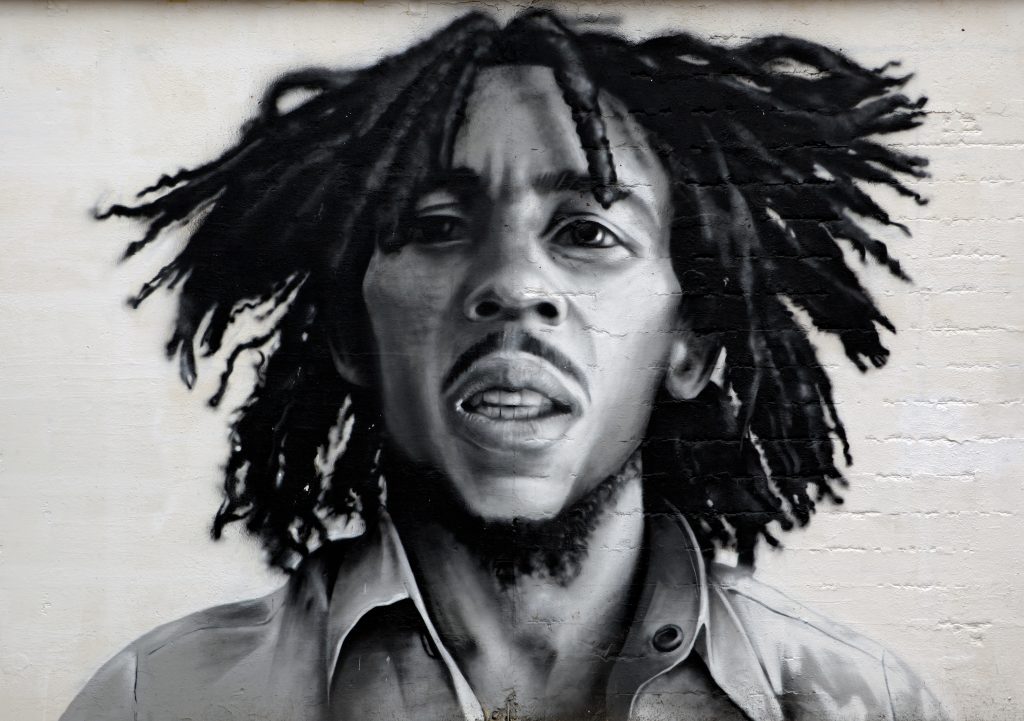
Whoopi Goldberg’s unparalleled success in the 1980s is credited with essentially giving Black Americans “cultural permission” to wear dreadlocks, in a way that was not tied up with Rastafarian culture or Jamaica (for more on this see Twisted: My Dreadlock Chronicles, by Dr Bert Ashe). Hit films like The Colour Purple and fun comedies like Jumpin’ Jack Flash brought Goldberg mainstream success, high profile interviews, and red carpet appearances. As a result, dreadlock popularity boomed in the 80s, with artists such as Lenny Kravitz and Boy George jumping on board the trend.
Goldberg’s continued film success and Lauren Hill’s iconic RnB albums ushered dreads into the 90s, where white celebrities began experimenting with dreads and faux-dreads. By the time the early 2000’s rolled around, it was not uncommon for white musicians to style their hair into faux-dreads for a night out or a music video. Dreadlock extensions were also popular, letting people have long dreadlocks for a short period without committing to a full dreadlock regime. Shorter dreadlocks continued to be popular with black men, with Lil John, J Cole and Snoop Dogg experimenting with various forms of the style over the years.
While this was happening in the mainstream, there was a sub-culture of dreads happening in pseudo-Rasta communities. Dreadlocks, especially on white people, became associated with marijuana use and fetishizing of Jamaican culture. White collar workers began to view people with locs as being lazy, unambitious weed-smokers. A culture developed around “appropriate” hairstyles for a business environment; namely, that dreads were not appropriate for the workplace. This belief was especially damaging for black men and women, whose natural “afro” hairstyles were also deemed inappropriate for work.
Modern Day Dreads
By the time Zendaya brought dreadlocks to the red carpet in 2015, dreads had been long associated with black celebrities, but many black women opted for weaves or hair-smoothing for formal events. Zendaya’s now-famous red carpet look with long side-swept dreads was attacked by Giuliana Rancic of the Fashion Police, who associated the look with “weed” and “patchouli”. While Rancic later apologised, Zendaya used the moment to make a stand for black women’s hair, reminding “women of colour that our hair is good enough”. Since Zendaya’s statement, other women of colour have started pushing back against biased hair standards that have been unfair to women over the years. TED talks by Cheyenne Cochrane, Mena Fombo and Johanna Lukate (all of them worth a watch!) have challenged the standards for women’s hair in business, formal and social settings, and celebrated the beauty of black hairstyles.
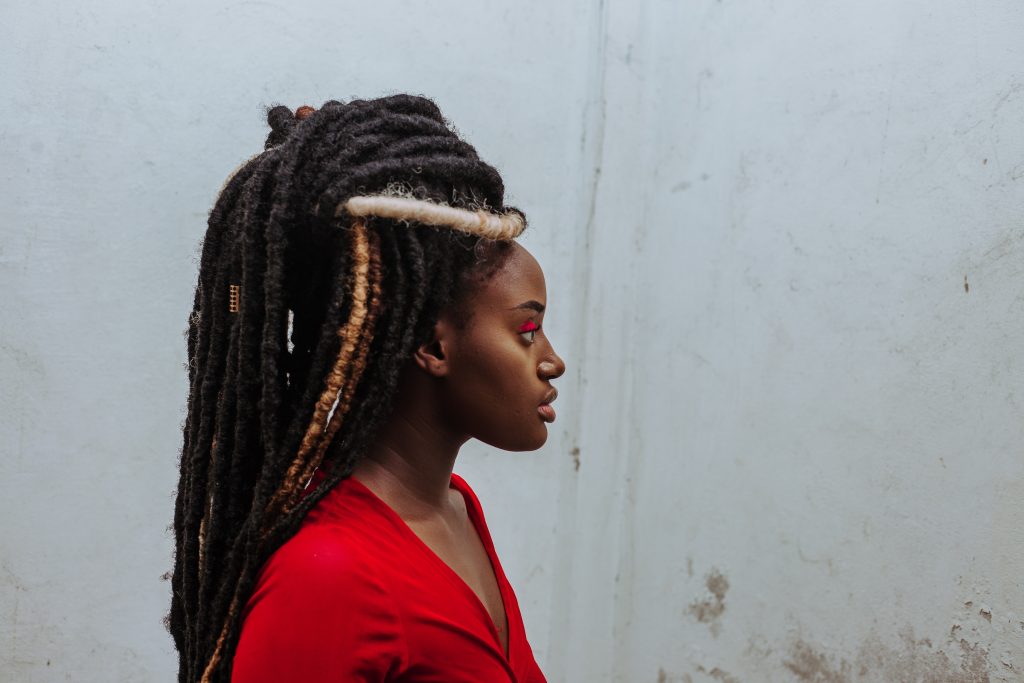
Where does that leave us?
Dreadlocks are a beautiful style, with a rich cultural history, and complex associations. As we become more widely aware of the cultural nuances that surround dreadlocks, it becomes more and more difficult to untangle the hairstyle from the statement it makes. Celebrities like Zendaya and Kelela deliberately use their hair to make a statement; not only about fashion, but about their heritage. White celebrities such as Zac Efron and Marc Jacobs have previously come under fire for using dreadlocks without acknowledging their cultural significance, but others have defended their choices, saying dreadlocks don’t belong to any one culture.
Writer Jamia Wilson pointed out that for her, getting dreadlocks was returning to her hair’s natural state, whereas people of other ancestry had to take additional steps to “push” their hair into locks. Whatever your stance, when choosing a new hairstyle, education is key. Research how to maintain and care for your style, check to see how it works with your hair type and lifestyle, and learn the history of any hairstyle you choose to rock. Your hair can send a message to the world about who you are; so make sure you approve of the message!

